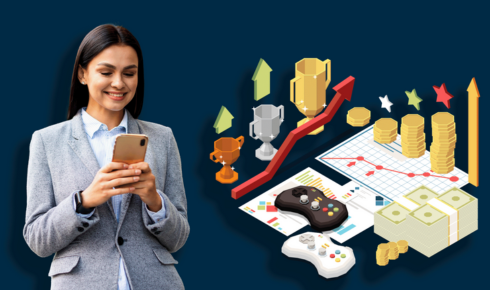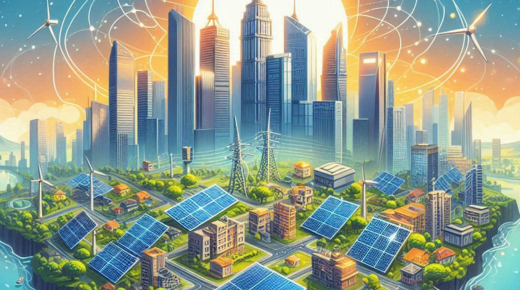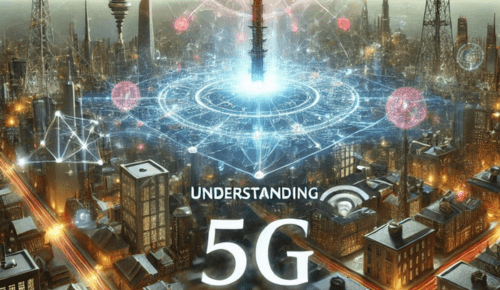In today’s highly competitive business world, brands are constantly searching for innovative ways to capture customer attention and encourage repeat engagement. One of the most effective strategies that has emerged in recent years is loyalty gamification. By incorporating elements of play, competition, and rewards into customer interactions, businesses can transform their loyalty systems into engaging experiences that keep customers coming back for more.
Traditional loyalty programs often rely on points, discounts, or vouchers. While these incentives are effective to some extent, they can sometimes feel uninspiring and transactional. Modern consumers, especially younger generations, seek more immersive experiences. This is where a gamification loyalty program can make a real difference. By turning simple purchases and interactions into fun activities—such as completing challenges, leveling up, or unlocking badges—companies can create stronger emotional bonds with their audience.
Why Gamified Loyalty Programs Work
Gamified loyalty programs tap into the human desire for achievement and recognition. People enjoy challenges, milestones, and rewards beyond monetary benefits. For example, customers may be motivated to buy more frequently if they know they are just a few points away from reaching the next level or unlocking a special perk. This sense of progress and accomplishment drives repeat behavior.
Another reason gamification is so effective is its ability to personalize the customer experience. Gamified platforms can be designed to offer rewards that align with individual preferences. This level of customization not only boosts engagement but also fosters long-term brand loyalty.
Benefits of a Gamified Loyalty Program
- Higher Customer Engagement – Gamified systems encourage active participation, whether it’s through spinning a digital wheel, completing missions, or sharing achievements on social media.
- Stronger Emotional Connection – When customers feel like they are part of an interactive journey, they are more likely to associate positive emotions with the brand.
- Improved Retention Rates – Gamification keeps customers coming back, reducing churn rates and increasing lifetime value.
- Data Collection Opportunities – Businesses can gather valuable insights into customer behavior through participation patterns, helping refine future campaigns.
- Word-of-Mouth Marketing – Customers who enjoy interactive loyalty programs are more likely to share their experiences, bringing in new customers organically.
Real-World Examples
Many global brands have successfully adopted gamified loyalty strategies. Coffee shops, for instance, often use mobile apps where customers earn stars or badges for each purchase, with special bonuses unlocked after reaching certain milestones. Fitness brands encourage users to complete daily challenges, rewarding them with discounts or free products. Even airlines are enhancing frequent flyer programs with gamified elements like streaks and bonus missions.
These real-world cases show that gamification is not just a passing trend—it is becoming a standard expectation in customer engagement strategies.
Implementing Gamification Loyalty Strategies
Businesses interested in adopting gamification should start by setting clear goals:
- Do you want to increase purchase frequency?
- Encourage social sharing?
- Boost average order value?
Next, design challenges and rewards that align with those goals. The program should be simple to understand but engaging enough to spark motivation. For example, levels and leaderboards can encourage competition, while surprise rewards can generate excitement.
It’s also essential to integrate the program across both digital and physical touchpoints. Mobile apps, websites, and in-store experiences should all align seamlessly, ensuring customers enjoy a consistent and rewarding journey.
The Future of Gamification Loyalty
As technology evolves, gamification is expected to become even more immersive. Augmented reality (AR), artificial intelligence (AI), and blockchain are likely to play a significant role in shaping future loyalty systems. Customers may soon engage in virtual treasure hunts, earn tokenized rewards, or receive AI-driven personalized challenges.
In conclusion, gamified loyalty programs are revolutionizing the way businesses connect with their customers. By blending fun, competition, and meaningful rewards, brands can create lasting relationships while standing out in crowded markets. As consumers increasingly expect experiences over simple transactions, companies that invest in gamification loyalty will be better positioned to thrive in the digital age.










